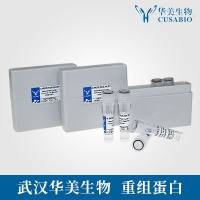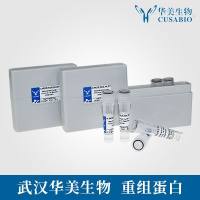Quantitative Angiogenesis in Breast Cancer
互联网
互联网
相关产品推荐

Recombinant-Rat-ATP-binding-cassette-sub-family-G-member-2Abcg2ATP-binding cassette sub-family G member 2 Alternative name(s): Breast cancer resistance protein 1 homolog CD_antigen= CD338
¥14616

Recombinant-Mouse-ATP-binding-cassette-sub-family-G-member-2Abcg2ATP-binding cassette sub-family G member 2 Alternative name(s): Breast cancer resistance protein 1 homolog CD_antigen= CD338
¥14616

Recombinant-Mouse-Endoplasmic-reticulum-Golgi-intermediate-compartment-protein-3Ergic3Endoplasmic reticulum-Golgi intermediate compartment protein 3 Alternative name(s): Serologically defined breast cancer antigen NY-BR-84 homolog
¥12180

NRG1,GGF,HGL,HRGA,NDF,SMDF/NRG1,GGF,HGL,HRGA,NDF,SMDF蛋白Recombinant Human Pro-neuregulin-1, membrane-bound isoform protein (NRG1) (Active)重组蛋白Pro-NRG1, ARIA, Breast cancer cell differentiation factor p45, Glial growth factor, Heregulin蛋白
¥852

BPHL/BPHL蛋白Recombinant Human Valacyclovir hydrolase (BPHL)重组蛋白Biphenyl hydrolase-like protein (Biphenyl hydrolase-related protein) (Bph-rp)(Breast epithelial mucin-associated antigen) (MCNAA)蛋白
¥1344
相关问答

